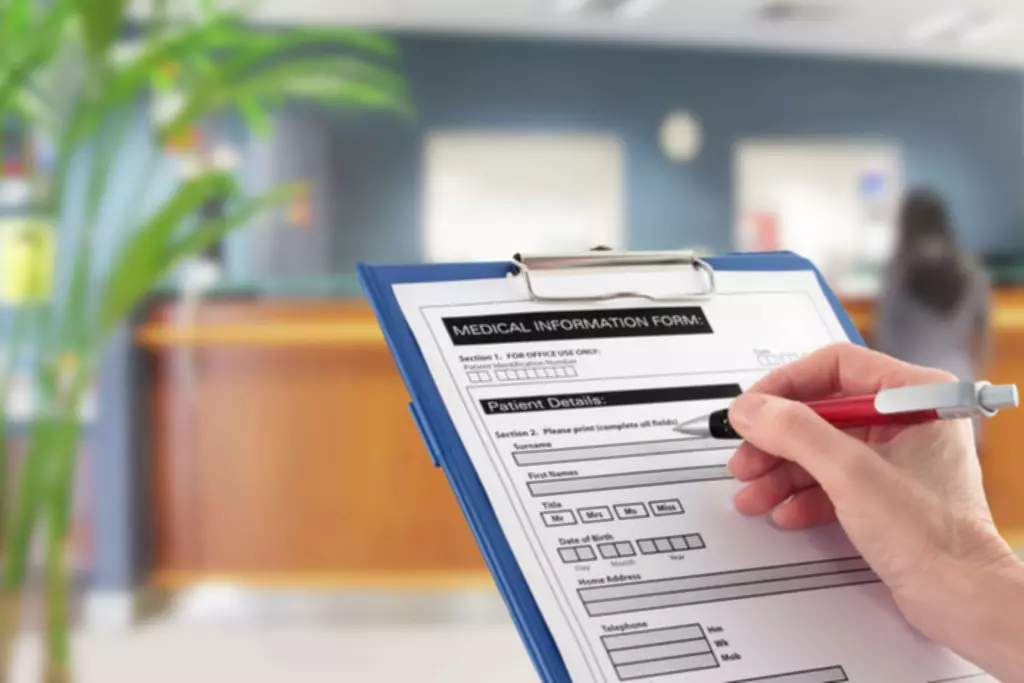07 Sep Balance Sheet Overview
Content

The cumulative affect of all transactions made in last 12 months gets accumulated in balance sheet. Responsible for company growth as well as the team’s motivation. Big fan of playing tennis, snowboarding, traveling, reading books, and I live and breathe our product. Current Portion of Long-term Debt — Add any loan principal that falls due within the year.
A liability is something a person or company owes, usually a sum of money. It can be sold at a later date to raise cash or reserved to repel a hostile takeover.
How to Create A Balance Sheet for A Small Business
The balance sheet is basically a report version of theaccounting equationalso called thebalance sheet equationwhere assets always equation liabilities plus shareholder’s equity. A balance sheet analysis helps you get a sense of your current standing, and the first step is to look at your balance sheets from two or more accounting periods. If your results show that, say, there’s a significant percent decrease in your company’s cash, you might be experiencing financial problems. A balance sheet is a financial statement that shows a company’s assets, liabilities, and shareholder’s equity, or how much shareholders have invested. A balance sheet reflects the number of assets and liabilities at the final moment of the report or accounting period.

A balance sheet format can be broken down into two main sections – assets on one side, and liability and equities on the other. These sections will need to be recorded in a balanced format, meaning when an entry is inserted in one column, a corresponding entry will be made in the other column.
Identify your assets as of your reporting date.
For example, a business balance sheet reports $250,000 in assets, $150,000 in liabilities, and $100,000 in owner’s equity. The creditors have a claim of $150,000 against the company’s $250,000 in assets. Once the debts are paid off, the owner can claim their equity of $100,000. Owner’s equity is equal to total assets minus total liabilities. In other words, it is the amount that can be handed over to shareholders after the debts have been paid and the assets have been liquidated. Equity is one of the most common ways to represent the net value of the company. Part of shareholder’s equity is retained earnings, which is a fixed percentage of the shareholder’s equity that has to be paid as dividends.
Now that you have an idea of how values are recorded in several accounts in a balance sheet, you can take a closer look with an example of how to read a balance sheet. In this article, we will discuss different scenarios to understand how values are reflected in the balance sheet accounts. Asset accounts will be noted in descending order of maturity, while liabilities will be arranged in ascending order. Under shareholder’s equity, accounts are arranged in decreasing order of priority.
Non-current liabilities
These are typically liquid, or likely to be realised within 12 months. With a Wise Business account you can keep multiple currencies in one account, and access simple online accounting with Xero integration. Save time, cut costs, and connect with more customers all over the world, with balance sheet definition Wise. Fill in this free balance sheet template in Excel to gain useful insight, and a more comprehensive overview of how your business is doing. Equity can also drop when an owner draws money out of the company to pay themself, or when a corporation issues dividends to shareholders.
How do I calculate a balance sheet?
The formula is very basic: total assets = total liabilities + total equity. If you have questions about the individual components of the balance sheet, you might have to consult a finance expert.
Accounts payable is debt obligations on invoices processed as part of the operation of a business that are often due within 30 days of receipt. A liability is any money that a company owes to outside parties, from bills it has to pay to suppliers to interest on bonds issued to creditors to rent, utilities and salaries. Current liabilities are due within one year and are listed in order of their due date. Long-term liabilities, on the other hand, are due at any point after one year. As you can see, the report form presents the assets at the top of the balance sheet. Beneath the assets are the liabilities followed by stockholders’ equity. This account includes the balance of all sales revenue still on credit, net of any allowances for doubtful accounts .
Assets are always present first followed by liabilities and equity. Current and non-current assets should both be subtotaled, and then totaled together. It’s not uncommon for a balance sheet to take a few weeks to prepare after the reporting period has ended.
It can be used by the account department to gather all company’s assets and contrasts the amount invested in assets for past and present years. Accountants can use it to simply analyze their company’s progress in numbers and acknowledge the profit of the company. This template is all about making the life of accountants easier as here he/she simply has to insert the data and they will end up getting the numbers within a proper format. If a company or organization is privately held by a single owner, then shareholders’ equity will generally be pretty straightforward. If it’s publicly held, this calculation may become more complicated depending on the various types of stock issued. Non-current or long term liabilities are typically those that a company doesn’t expect to repay within one year. They are usually long-term obligations, such as leases, bonds payable, or loans.


No Comments